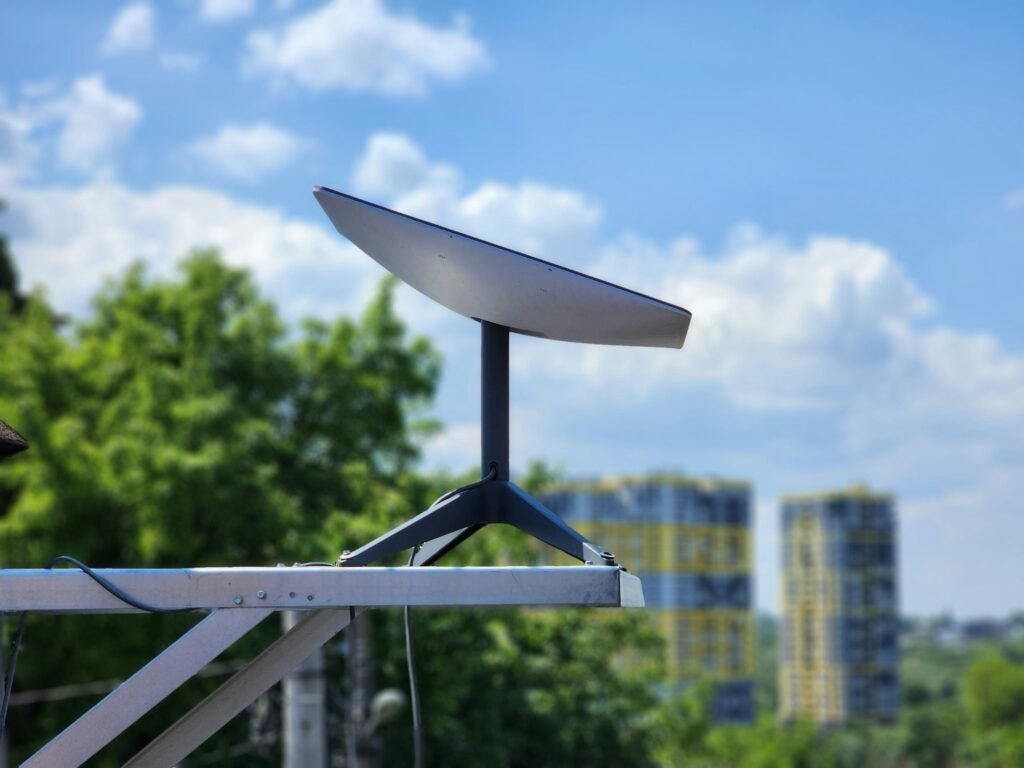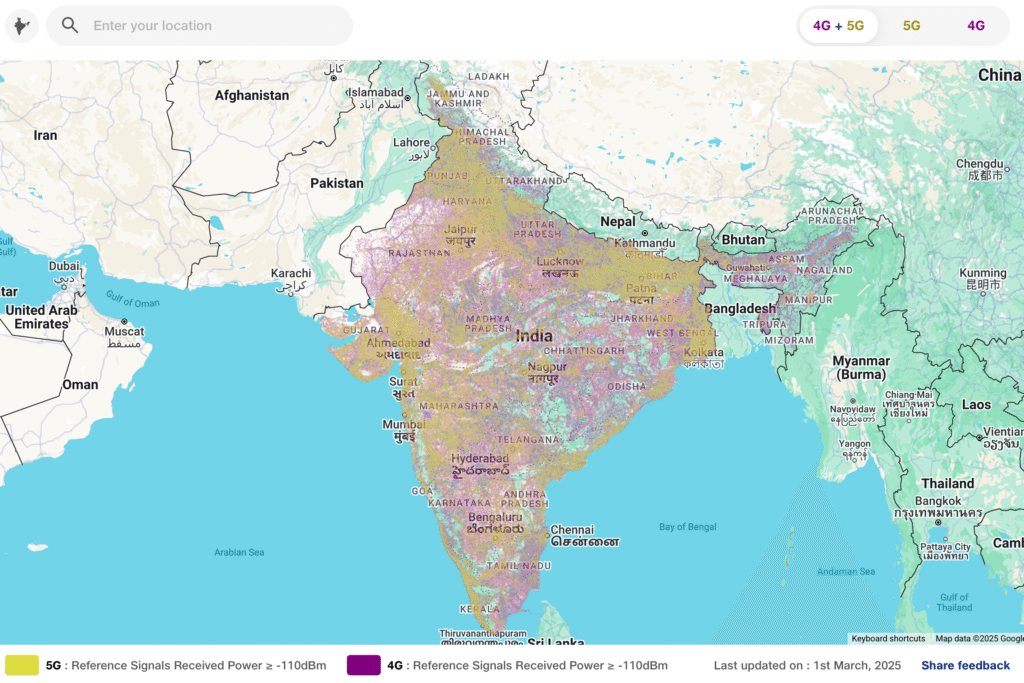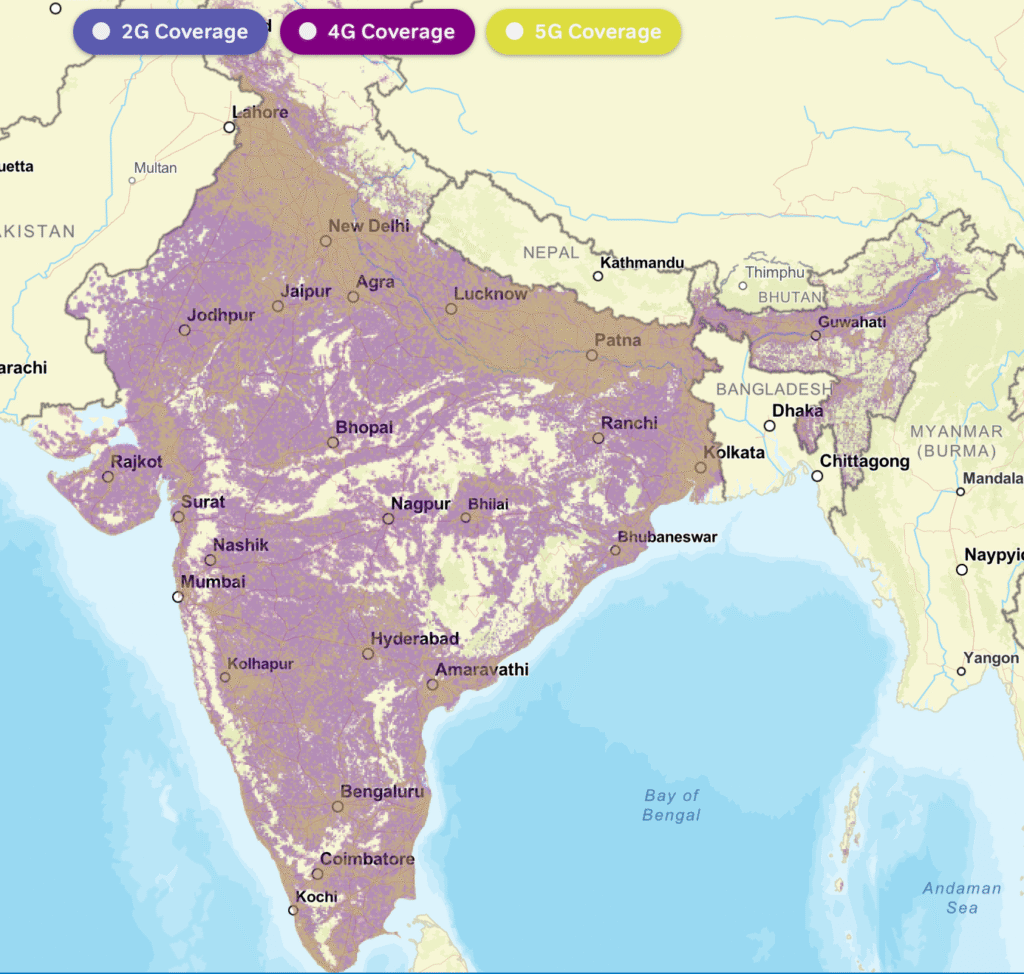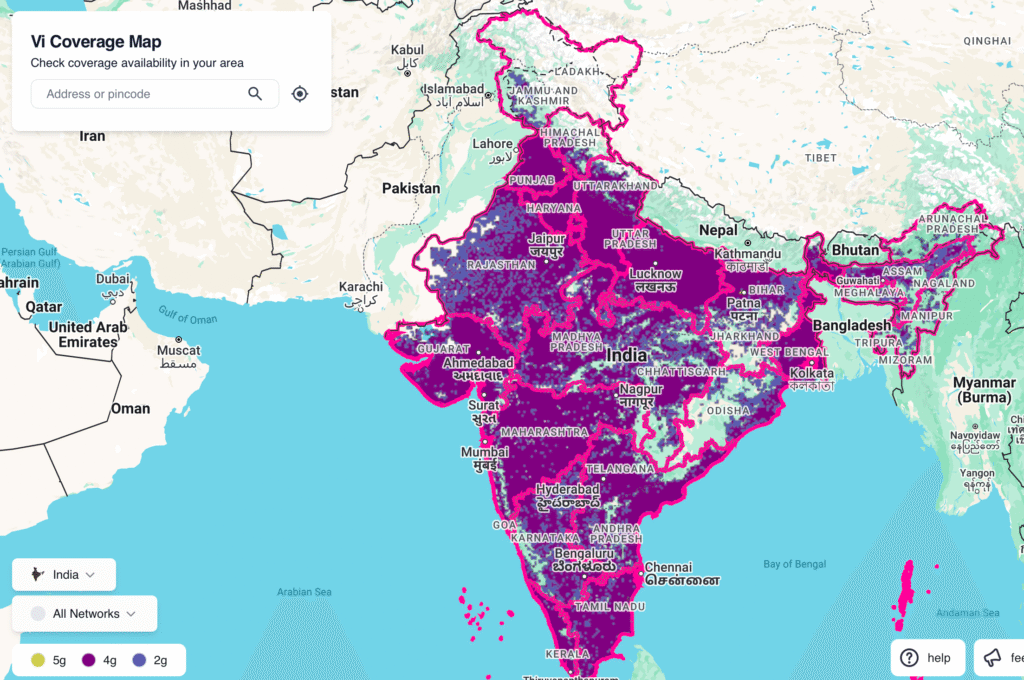Everyone now wants a piece of the big pie that’s the Indian market (or, as I call it, Tech India). This is even though (or evidenced by) US President Trump’s recent remarks that India is one of the ‘highest tariff nations’ (and he’s again haggling with Tim Cook to shift iPhone production to the US – something that simply won’t happen (more on this in another post, stay tuned)).
Elon Musk is no different, and he’s got a real opportunity with Starlink. Recently, the Indian Government provided approval to Starlink to operate in India, and Jio as well as Airtel announced partnerships with Starlink (see TWITI #19 of 2025). Starlink’s premium-feeling and exorbitantly-priced satellite internet products are not as mainstream as regular broadband, but are seeing uses internationally either with uber rich consumers who want to live partially off the grid, or (and largely with) Governments who want to use Starlink’s technology to operate in remote areas. For example, the South African Government are even willing to amend laws to meet Musk’s demands so that he is softened to let Starlink operate in South Africa, where it may solve problems of connectivity in rural areas.

Back to India, and as on date of this post there are talks about satcom in general – which Starlink is a part of – being introduced in India with plans for as low as ₹840/- per month. Unless this is through Jio or Airtel, this is very hard to believe (it may come with insane upfront cost that’s not clear yet).
Starlink has not officially launched in India, but here are the speculative prices:
- Initial setup cost: between ₹20,000/- and ₹37,500/- one time payment (for the dish and accessories).
- Monthly cost: anywhere starting ₹840/- per month.
Of course it will still be more expensive than your monthly broadband plans that’s likely good enough for most people.
This begs the following question:
The Problems That Starlink Tries to Solve
Remote-ness. Mostly.
I guess another way of asking this question is why would anyone choose to buy the Starlink device and pay more for satellite internet over broadband?
Because, globally, broadband i.e. fibre-optic cable-based internet is much more reliable than satellite internet. Some starling owners say that if the Starlink ‘dish’ is not pointed to the sky without any interruption i.e. if there is even a tree or rain blocking the dish’s line of site to the sky (where I presume the satellites roam) the internet will be interrupted. I don’t doubt that Starlink will get around this problem but I’m wary that Starlink is owned by SpaceX which is owned by Elon Musk who is famous for making tall promises and then waiting for you to forget that he made such promises.
But objectively, there are a few use cases for satellite internet, whether it’s from Starlink or anyone else:
- Remote rural areas where cables have not reached yet – or where the population density is too sparse for major infrastructure investment to have permanent internet facilities yet.
- Where disasters have occurred – floods, landslides, etc., useful for rapid response and coordination efforts.
- Wildlife sanctuaries, where rescue teams need to operate and be connected for conservation or security related efforts.
- Places where temporary work is taking place, e.g. a dam project where internet is required only for a few months.
- Security – availability of internet at places like Siachen glacier or other outposts.
Essentially, satellite internet is useful for places where your mobile phone signal will be weak.

India Already Has Pretty Good 2G, 4G and 5G Coverage
Here’s the good news – more and more of India is becoming connected, especially after Jio came into the picture (this post is not sponsored by Jio or anyone else). And you don’t have to take my word for it. Take a look at the Telecom Regulatory Authority of India (TRAI)’s mobile coverage maps which is nicely broken down by each of the five telco providers:

Airtel is not too bad either:

Even VI – which is struggling financially – seems to have pretty decent 4G coverage:

BTW the remaining two providers – BSNL and MTNL – do not have coverage maps listed on TRAI’s website. But if you have a BSNL or MTNL today – please write to me, I would love to ask you a few genuine questions.
Mobile data coverage maps are the best indication of the availability of internet in the region. Of course, one could make the argument that satellite internet will bring uniform internet speeds to rural areas, which don’t experience top download and upload speeds. But even today, for the majority of mobile applications, 4G internet is just fine (2G if you’re more patient than me).
The Real Use Cases for Starlink in India
Admittedly, there’s still parts of India that have limited mobile coverage. If you put the above three coverage maps side by side, you’ll notice several ‘patches’ of low to no coverage in states like Odisha, Madhya Pradesh, Jharkhand, the North East and Kashmir. These are typically areas that are mountainous or densely forested. And due to these areas either being hard to reach or protected (e.g. in the case of wildlife sanctuaries), the laying of cables under or over the ground is simply not an option.
That’s where satellite internet comes in. And that’s also where Starlink comes in – because among satellite internet providers, Starlink is the one with the most Low Earth Orbit satellites positioned approximately 550 kilometers above Earth, which enables significantly reduced latency compared to other geostationary satellite services.
These sound like they are more useful to Government and Civil Bodies, rather than to individual customers.

Of course, Starlink services used by Government bodies will be paid by Nirmala Aunty using our tax rupees. But that’s part of the Government promise – that our tax rupees will be used for security and civil services for the betterment of the country.
Just imagine, military trucks fitted with a Starlink dish so they have internet on the go, whether they’re on top of the mountain or in the harshest of deserts. This, I would like to become a reality. Or a forest fire relief aerial vehicle constantly connected so that rescue coordination becomes easier.
That’s not to say there won’t be individual customers. There are always the Musk fanboys, the got-too-much-of-daddys-money people who want to buy the best “American” products to make up for their insecurities and buy “status”. Starlink will definitely sell a bunch to them as well.
In a Nutshell – Should I Buy Starlink in India?
When it comes to India, my advice would be to consider Starlink only if:
- You will spend a lot of time in remote areas
- You plant to take a country-wide (or worldwide if you can figure out the international plans) road trip lasting one year or more.
- You live in more than one houses (e.g. you have a house in Mumbai as well as Lonavla) and can’t be bothered paying two internet bills.
Best would be – if you’re working for a company – to justify to the firm your purchase and charging the Starlink installation and subscription to the company.
I wonder if Starlink will be subject to tariffs. Hmm.
